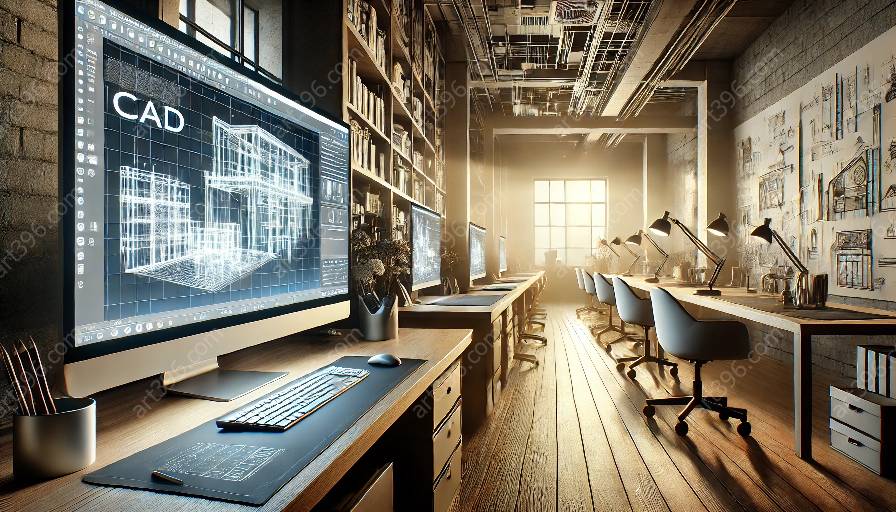As technology continues to advance, computational design has become an essential component in the evolution of computer-aided design (CAD) for architectural expression. This transformation has revolutionized the way architects conceptualize and realize their designs, offering new possibilities for creativity, efficiency, and innovation.
Understanding Computational Design
Computational design involves the use of algorithms, parametric modeling, and scripting to generate and manipulate architectural forms and systems. Unlike traditional CAD, computational design enables architects to explore complex geometries, optimize performance, and incorporate environmental considerations early in the design process.
Enhancing Creativity and Expression
By leveraging computational design tools, architects can push the boundaries of architectural expression, unleashing their creativity to design structures that were once considered unattainable. From intricate facades to dynamic interior spaces, computational design empowers architects to explore new design languages and forms, ultimately redefining the built environment.
Optimizing Efficiency and Collaboration
Through the integration of computational design in CAD, architects can enhance efficiency by automating repetitive tasks, generating design variations, and analyzing complex data sets. Additionally, computational design fosters collaboration by providing a platform for multidisciplinary teams to seamlessly exchange information and develop integrated design solutions.
Integrating Sustainability and Performance
One of the most significant impacts of computational design on CAD is its ability to integrate sustainability and performance analysis into the design process. Architects can evaluate environmental factors, energy performance, and material efficiency early on, enabling them to create more environmentally conscious and high-performing buildings.
Future Prospects and Challenges
Looking ahead, the evolution of CAD for architectural expression through computational design continues to present new opportunities and challenges. As technology evolves, architects must adapt to rapidly changing digital tools and methodologies, while also considering ethical implications and the human experience in the digital age.









































